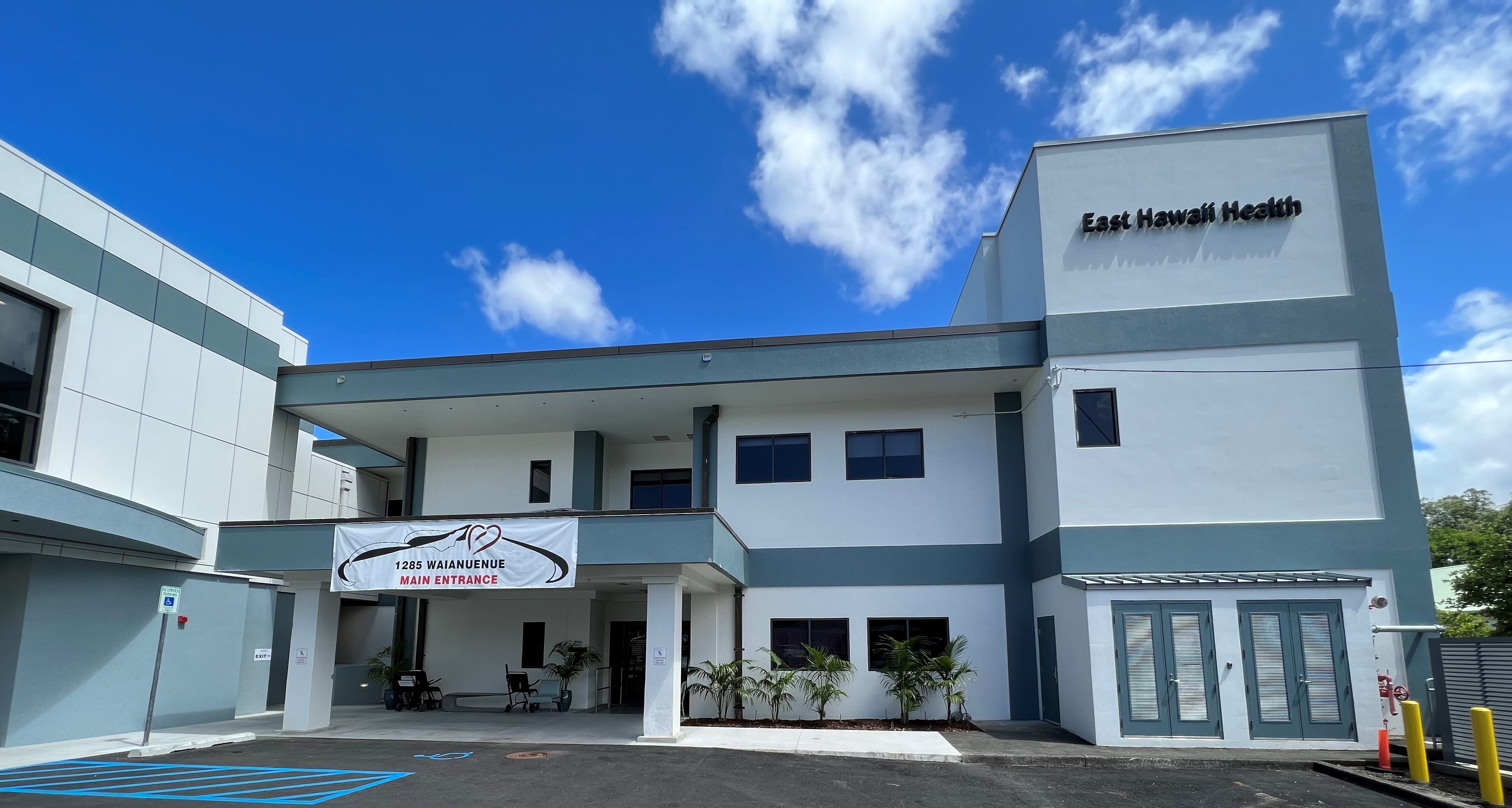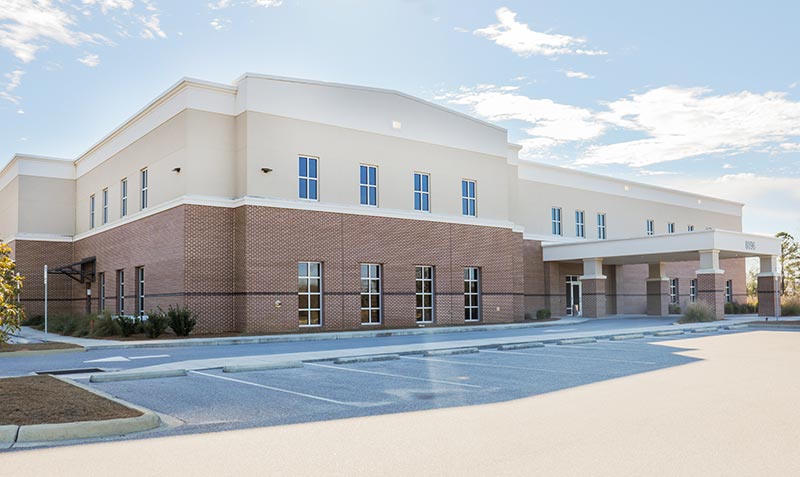Comprehending the Duty of Urgent Treatment in Providing Timely Treatment for Non-Life-Threatening Problems
Urgent treatment centers have actually emerged as a crucial component of the health care landscape, dealing with the immediate demands of individuals with non-life-threatening conditions. Comprehending the subtleties of immediate care could substantially affect individual outcomes and the general efficiency of health care shipment.
What Is Urgent Care?
Immediate care describes a category of clinical solutions designed to deal with non-life-threatening conditions that need instant attention. These centers offer as an intermediary between medical care doctors and emergency spaces, supplying a convenient alternative for clients who need prompt treatment without the substantial waiting times typically related to emergency divisions.
Urgent treatment facilities are commonly staffed by medical specialists, consisting of medical professionals, nurse experts, and physician assistants, who are educated to identify and deal with a large selection of conditions. Common services provided by these centers include therapy for small injuries, illnesses, and infections, in addition to analysis examinations such as X-rays and research laboratory job.
The ease of access of immediate care is a key variable in its charm, as several centers operate past normal workplace hours, including evenings and weekend breaks. This extended availability allows clients to receive timely treatment when their medical care supplier might not be available. Furthermore, urgent treatment facilities commonly approve walk-in individuals, getting rid of the demand for appointments. In general, urgent care plays an essential duty in the medical care system, guaranteeing clients can access essential clinical solutions promptly and effectively.

Many people might discover themselves unpredictable about when to look for care at an immediate treatment facility as opposed to a health care doctor or an emergency clinic. Urgent care is created to address non-life-threatening conditions that need prompt interest yet are not serious sufficient to call for an emergency area check out.
Normally, one need to take into consideration immediate take care of problems such as minor cracks, sprains, cuts needing stitches, or infections like urinary tract infections. Additionally, cool or influenza signs and symptoms, rashes, and allergies can also be properly taken care of in this setup.
It is very important to note that immediate care is not appropriate for deadly emergencies, such as breast pain, difficulty breathing, or severe blood loss, which demand immediate emergency clinic intervention.
Individuals that do not have accessibility to a health care physician or can not safeguard a prompt appointment may additionally take advantage of immediate care services. Inevitably, recognizing when to make use of urgent treatment can lead to more reliable health care distribution, allowing patients to obtain the ideal level of care based on their certain health and wellness needs.
Advantages of Urgent Treatment Centers
Selecting immediate care facilities for non-life-threatening problems supplies several advantages that improve patient experience and ease of access. One main advantage is the reduced wait times contrasted to typical emergency clinic. Immediate care centers commonly run on a first-come, first-served basis, enabling individuals to get prompt clinical attention without the long delays typically related to healthcare facility settings.
Additionally, urgent care centers give prolonged hours, including weekends and nights, suiting clients with differing routines. This adaptability ensures that individuals can seek treatment when it is most hassle-free for them, even more promoting prompt intervention.

In addition, these centers typically provide a detailed variety of services, including small treatments and analysis tests, all under one roof. over here This consolidation of solutions not just enhances the individual experience yet likewise cultivates a more cohesive method to handling non-life-threatening health and wellness problems, ultimately profiting general person outcomes.
Common Conditions Dealt With
At immediate treatment facilities, a range of non-life-threatening problems can be visit this site efficiently dealt with, providing patients with available and timely medical support. These centers are especially skilled at attending to concerns that need prompt attention but do not present an instant risk to life or limb.
Usual conditions treated at urgent treatment facilities consist of small injuries such as sprains, fractures, and pressures. In addition, they handle diseases like colds, influenza, and infections, consisting of urinary system system infections and sinusitis. Skin disease, ranging from breakouts to insect attacks, are likewise regularly addressed. Immediate care centers are equipped to carry out needed diagnostic tests, such as X-rays and laboratory tests, enabling them to supply comprehensive treatment.
Additionally, urgent treatment providers can provide inoculations, assisting to stop the spread of contagious illness - Urgent Care. They additionally provide services for minor treatments, such as suturing injuries or draining pipes abscesses. By using these diverse solutions, immediate treatment facilities play a crucial role in connecting the gap between medical care and emergency situation services, making certain patients get timely treatment for a vast array of problems without the requirement for long haul times typically connected with emergency rooms
How Urgent Care Supports Medical Care System
Immediate care centers play a critical role in supporting the overall healthcare system by reducing the burden on emergency situation departments and supplying timely access to medical treatment for non-life-threatening problems. By taking care of cases such as minor injuries, infections, and ailments, urgent care facilities allow emergency departments to concentrate on more critical people calling for prompt focus.
Additionally, immediate care facilities enhance medical care accessibility, offering Get the facts extensive hours and an easier choice to conventional health care setups. This access is specifically advantageous for clients that might not have a regular medical professional or that require immediate therapy beyond normal office hours. Consequently, urgent treatment facilities effectively reduce boost and wait times person contentment.
In addition, immediate care facilities contribute to cost financial savings for both patients and the medical care system by giving lower-cost solutions compared to emergency situation divisions. This financial efficiency is crucial in an age of rising medical care costs, allowing clients to get essential care without sustaining inflated expenses.
Conclusion
To conclude, immediate treatment centers play an essential function in the medical care system by delivering timely treatment for non-life-threatening conditions. By connecting the void in between main treatment and emergency clinic, these facilities guarantee that people obtain timely medical attention without the extensive delay times typically related to emergency situation divisions. The ease of access and effectiveness of immediate care facilities add significantly to minimizing the general burden on healthcare sources, boosting individual outcomes, and advertising a more effective medical care shipment system.
Urgent treatment centers have actually emerged as an essential component of the healthcare landscape, addressing the instant demands of people with non-life-threatening conditions. Immediate care sees normally sustain lower out-of-pocket expenses compared to emergency division brows through, making treatment much more cost effective for clients without endangering top quality. Immediate care facilities are equipped to perform necessary analysis tests, such as X-rays and research laboratory tests, enabling them to provide comprehensive treatment.
By using these diverse services, immediate treatment centers play a vital duty in connecting the void in between main treatment and emergency solutions, guaranteeing individuals receive prompt therapy for a wide range of problems without the requirement for long wait times typically linked with emergency areas.
In addition, immediate care facilities improve healthcare ease of access, providing prolonged hours and a more hassle-free alternative to standard primary treatment setups.